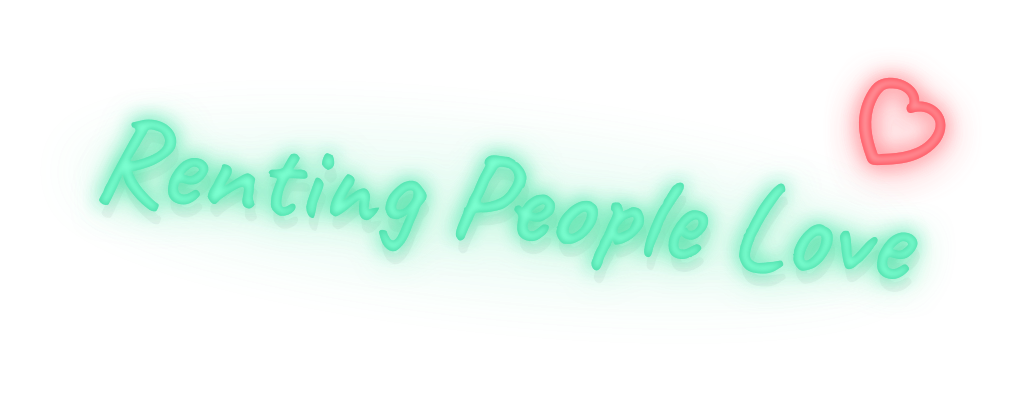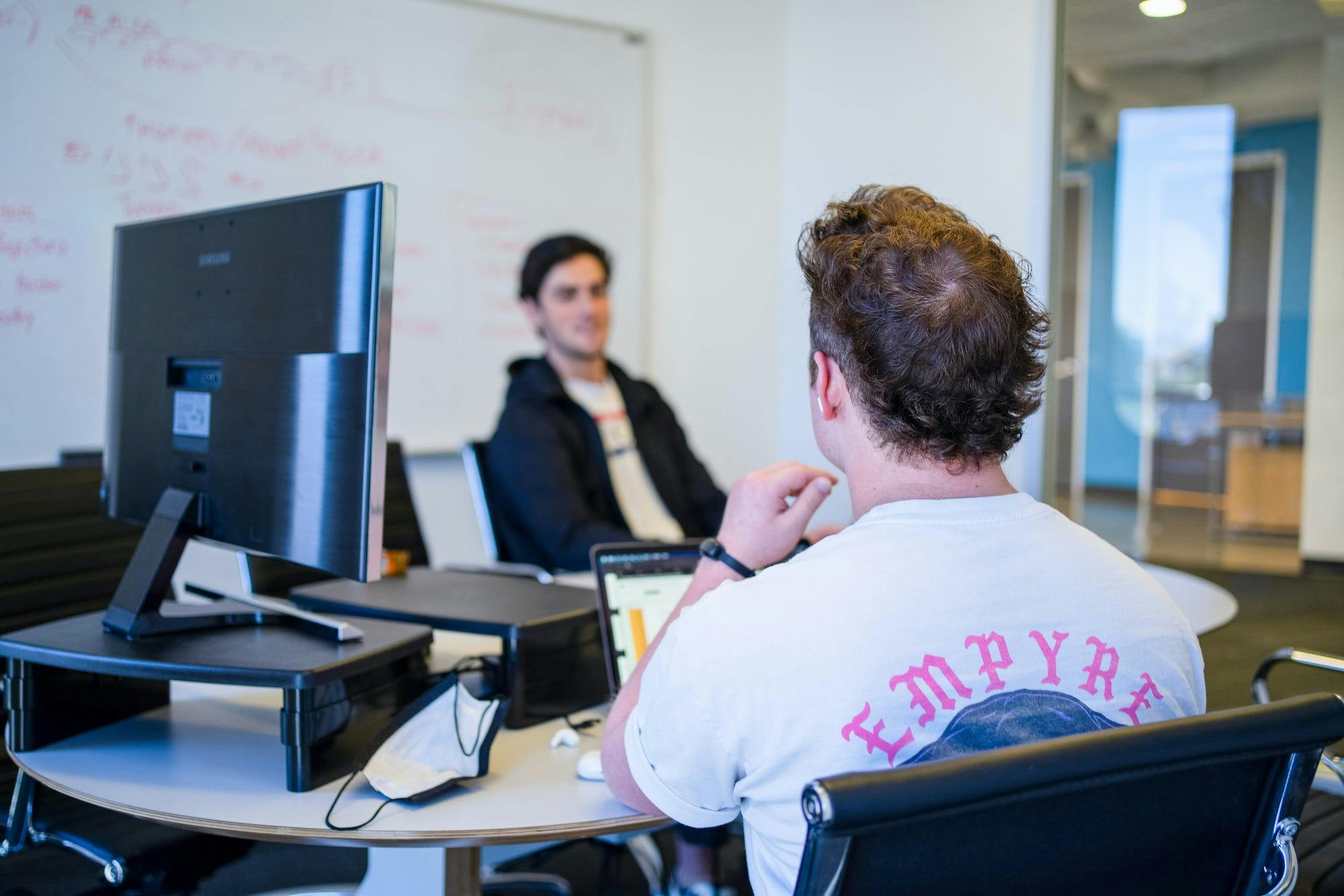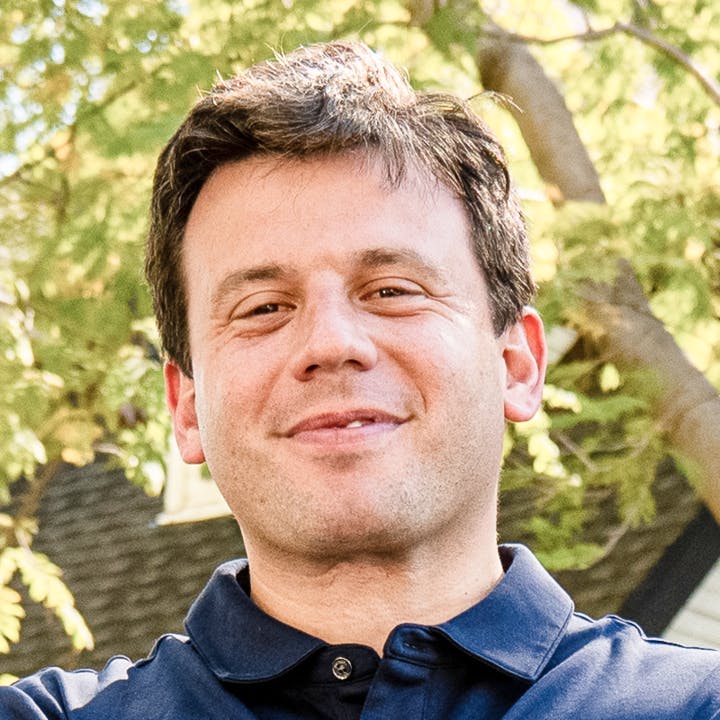

A manager’s day is, as a rule, sliced up into tiny slots, each with a specific purpose decided in advance. Many of those slots are used for meetings, calls, or emails. The manager’s schedule may be planned for them by a secretary or assistant.
Managers spend a lot of time, “putting out fires” and doing reactive work. An important call or email comes in, so it gets answered. A team members makes a mistake or needs advice, so the manager races to sort it out. To focus on one task for a substantial block of time, managers need to make an effort to prevent other people from distracting them.
Managers don’t necessarily need the capacity for deep focus — they primarily need the ability to make fast, smart decisions. In a three-minute meeting, they have the potential to generate (or destroy) enormous value through their decisions and expertise.
A maker’s schedule is different. It is made up of long blocks of time reserved for focusing on particular tasks, or the entire day might be devoted to one activity. Breaking their day up into slots of a few minutes each would be the equivalent of doing nothing.
A maker could be the stereotypical reclusive novelist, locked away in a cabin in the woods with a typewriter, no internet, and a bottle of whiskey to hand. Or they could be a Red Bull–drinking Silicon Valley software developer working in an open-plan office with their headphones on. Although interdisciplinary knowledge is valuable, makers do not always need a wide circle of competence. They need to do one thing well and can leave the rest to the managers.
Meetings are pricey for makers, restricting the time available for their real work, so they avoid them, batch them together, or schedule them at times of day when their energy levels are low. As Paul Graham writes:
When you’re operating on the maker’s schedule, meetings are a disaster. A single meeting can blow a whole afternoon, by breaking it into two pieces each too small to do anything hard in. Plus you have to remember to go to the meeting. That’s no problem for someone on the manager’s schedule. There’s always something coming on the next hour; the only question is what. But when someone on the maker’s schedule has a meeting, they have to think about it.
It makes sense. The two work styles could not be more different.
A manager’s job is to, well, manage other people and systems. The point is that their job revolves around organizing other people and making decisions. As Andrew Grove writes in High Output Management:
…a big part of a middle manager’s work is to supply information and know-how, and to impart a sense of the preferred method of handling things to the groups under his control and influence. A manager also makes and helps to make decisions. Both kinds of basic managerial tasks can only occur during face-to-face
encounters, and therefore only during meetings. Thus, I will assert again that a meeting is nothing less than the medium through which managerial work is performed. That means we should not be fighting their very existence, but rather using the time spent in them as efficiently as possible.
A maker’s job is to create some form of tangible value. Makers work alone or under a manager, although they might have people working with them. “Maker” is a very broad category. A maker could be a writer, artist, software developer, carpenter, chef, biohacker, web designer, or anyone else who designs, creates, serves, and thinks.
Making anything significant requires time — lots of it — and having the right kind of schedule can help. Take a look at the quintessential maker schedule of the prolific (to say the least) writer Isaac Asimov, as described in his memoir:
I wake at five in the morning. I get to work as early as I can. I work as long as I can. I do this every day of the week, including holidays. I don’t take vacations voluntarily and I try to do my work even when I’m on vacation. (And even when I’m in the hospital.)
In other words, I am still and forever in the candy store [where he worked as a child]. Of course, I’m not waiting on customers; I’m not taking money and making change; I’m not forced to be polite to everyone who comes in (in actual fact, I was never good at that). I am, instead, doing things I very much want to do — but the schedule is there; the schedule that was ground into me; the schedule you would think I would have rebelled against once I had the chance.
The problem.
Belong is suffering from stage 3 meeting disease. Meetings have become widespread across the entire company's body, and it is starting to hurt productivity for every team member truly. It's my responsibility to create an environment where people can do their life's best work for the world's benefit. I take that responsibility seriously, and that's what prompted this memo.
The Proposed Solution.
No Meeting Days
We are going to try a completely new framework for meetings. For starters, we are going to declare a company-wide two NO MEETING DAYS. That's right, starting this following Monday, April 26th, please block your calendar completely on Tuesday and Thursday. Those days, all meetings that aren't the morning check-in / urgent working meetings will be discouraged. This is the time you can block to do deep thinking, whiteboard, or take time to plow through your Jira / Zendesk tickets. Hurray!
Meetings Hygiene
For meetings to be effective, they need to be structured.
These are the seven different types of meetings. If you are initiating a meeting, please make sure to label the session accordingly.
- Type A: 1:1 meetings.
- Type B: Morning staff meetings.
- Type C: Decision meetings.
- Type D: Operating reviews.
- Type E: Leadership meetings.
- Type F: All-hands meetings.
- Type G: Working meetings
If you received an invitation to a meeting, please make sure to check for what kind of meeting you are attending. If the meeting isn't specified, your responsibility is to request that specification from the meeting organizer.
Meeting time
The vast majority of meetings are longer than they should be. This benefits people that love to chat but have more difficulty producing deep work. To restore balance, we are going to add some structure to the meeting's time.
Here is the structure we are going to try starting Monday, April 26th 2021.
- Meetings should ALWAYS be scheduled to start precisely at the hour or half an hour. It's essential that we are all ON TIME and READY for the meeting.
- Meetings should always be scheduled to finish 10 minutes before the hour or half an hour to allow for all participants to take a break and prepare physically and psychologically for the next meeting.
- Meeting's default length should be 20 minutes. There has to be a genuine reason for regular meetings to be more than 20 minutes long.
Meeting structure
- Type A meeting (1:1): Requires that both attendees interchange topics ahead of time.
- Type B meeting (Morning Staff Meeting): Requires a clear lead specified in the meeting invitation. This lead is in charge of the meeting and determining the next steps discussed in the meeting.
- Type C meeting (Decision Meeting): Requires a clear lead of the meeting. Requires precise specification of who's the decision-maker in that meeting. Requires a document/paragraph/slide prepared in advance of the meeting. Requires communication to all stakeholders on what decisions have been made and by whom. All of this should be included in the calendar invite.
- Type D meeting (Operational Reviews): Requires a clear lead of the meeting. Requires material shared in advance of the session (at least 12 hours). Requires company-wide participation.
- Type E meetings (Leadership Meetings). Requires a lead of the meeting. Requires a clear agenda in advance of the meeting with documentation on topics that will be discussed. Requires note-taking and follow-up. Requires sharing those notes with all participants and company-wide in the new leadership meetings channel in slack.
- Type F meetings (All Hands Meetings): Requires a lead of the meeting. Requires a clear agenda in advance of the meeting.
- Type G meetings (Working meetings): Requires a lead of the meeting. Requires a description of the topic that'll be discussed in advance. Requires notes to be shared with participants.
Meeting Etiquette
If you are in a meeting, you are in all likelihood not taking care of one million other pressing topics on your agenda. It happens to all of us. When you encounter yourself in a meeting and thinking or working on different issues, this is a bad sign.
Two paths forward:
- Leave the meeting. We encourage everyone that feels they aren't adding or deriving value from a meeting to leave without saying goodbye. Just leave. You are free to go.
- Pay close attention: If you decide to stay in a meeting, please make sure to attend to it with all of your senses. Please refrain from answering slack, text messages, or browsing your favorite clothing brand while in a meeting. It's a waste of time, it's distracting, and it's disrespectful.
- Cell phone/computer use: When in a meeting, the use of cell phones/computers is discouraged. We understand life happens, and you may be taking care of a non-work emergency. Absent that, touching or looking at your cell phone or computer during a meeting sends your co-workers the message that the meeting is unimportant and that there are many more crucial things you should be attending to. If that's the case, please go to point one above
- Start and end time: These need to be respected strictly. Starting late, is disrespectful to everyone that’s waiting for us in the meeting. Finishing late, is disrespectful to all the meeting attendees that are coming right after the meeting that’s ending. We must start and end strictly on time.
Final Words
I see this new meeting operating rhythm as crucial for Belong's culture. High performers expect a high level of organization and output. To attract and retain them, we must start holding ourselves to a higher standard of operation.
So let's have fun, work hard, change the world. And meet the right way. Thank you.
Related Articles:
https://belonghome.com/blog/working-for-a-startup
https://belonghome.com/blog/property-management-services
https://belonghome.com/blog/how-to-deal-with-a-bad-property-management-company
https://belonghome.com/blog/property-management-fees-how-much-do-property-managers-charge
https://belonghome.com/blog/becoming-a-landlord-how-to-become-a-landlord
About the author
Ale Resnik
Co-founder & CEO
Behind every truly great experience is a guardian who relentlessly pursues the perfection of that experience.





